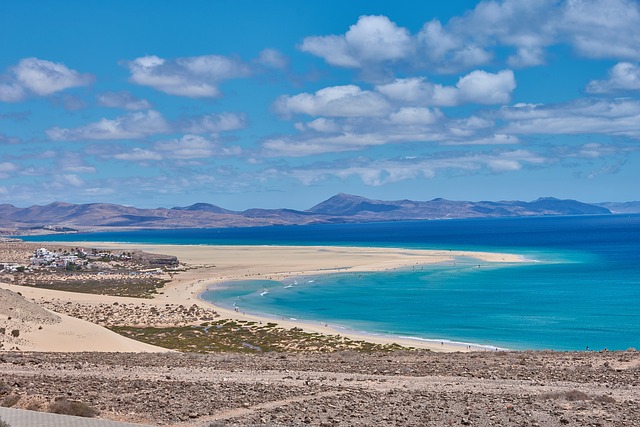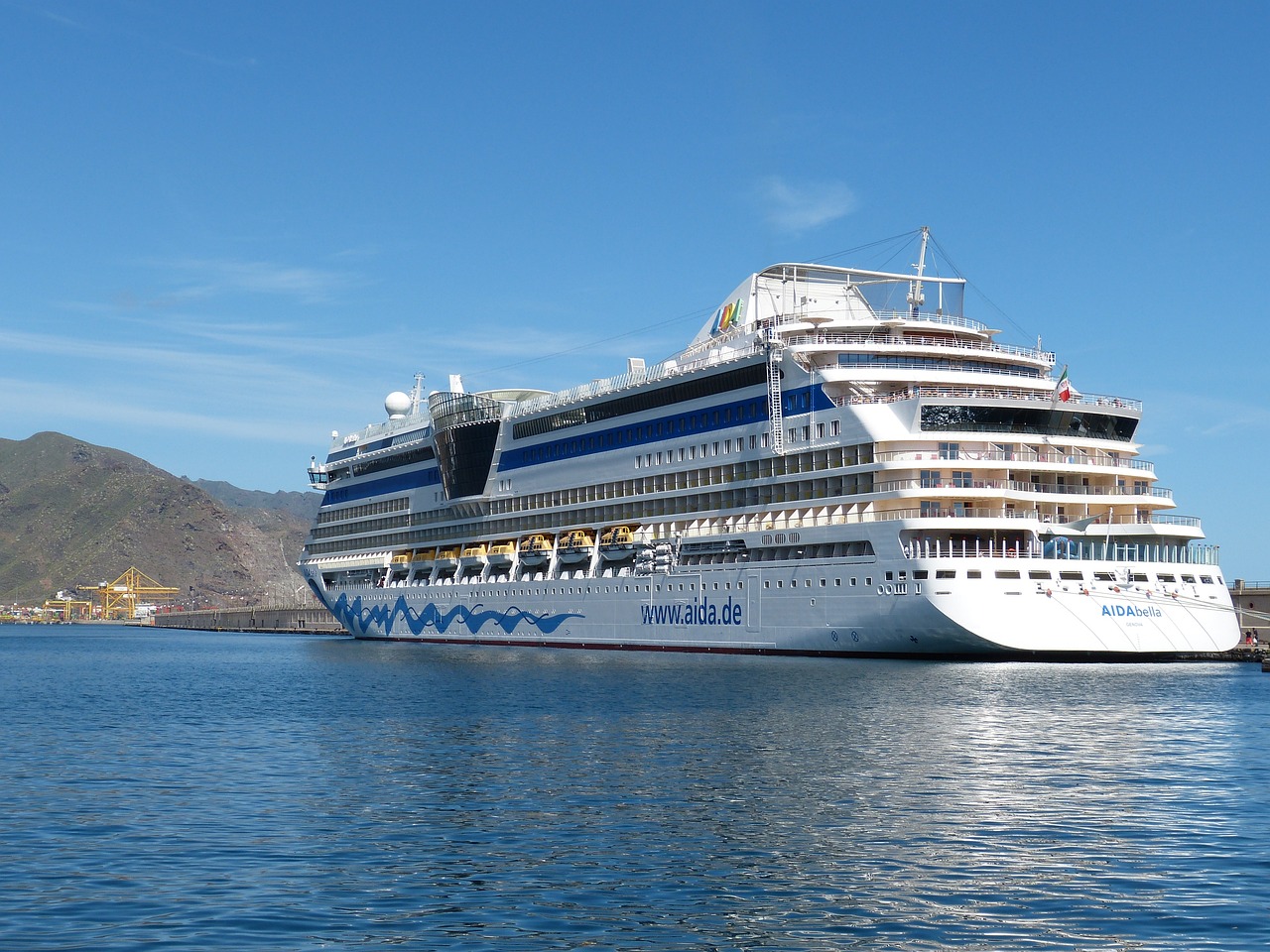Gomera
Position
geographic
Sixth island by extension of the territory, Gomera is located in the western area of the volcanic archipelago of the Canary Islands. The island of La Gomera is crossed by deep and narrow valleys
it is the most accessible and most visited of the western islets of the Canary archipelago.


Periods
RECOMMENDED
The period between December and February corresponds to the high season in Gomera, consequently the prices for stays are higher than in the rest of the year. Rainfall is very scarce, except on the northern coasts. Like the other adjacent islands, the climate is affected by the influence of hot winds, maintaining constant temperatures for almost the whole year. However, there are no problems during
the other months, thanks to the fantastic pleasant climate it is possible to visit the island at any time.
Transportation
As for the communication routes, there are weekly connections with ferries from Spain. It is advisable to rent a car to move around the island or use a taxi, while to visit the other adjacent islands from Gomera. ferries and hydrofoils can be used comfortably. Flights from Tenerife North and Las Palmas de Gran Canaria arrive at San Sebastian de la Gomera airport. The connections with the ships come from Los Cristianos (Tenerife) with the Trasmediterránea shipping company, Fred Olsen. Among the other internal transport on the island of La Gomera we also point out the buses: www.culturacanaria.com.
Itineraries
To see on the island of Gomera during trips and excursions, the Garajonay National Park nominated by Unesco as a World Heritage Site, the capital of the island San sebastian de la Gomera, the Torre del Conde, the Valley of Hermigua, the Hermitage, the 'pozzo de la Aguada', La Valle Gran Rey, a fertile and stupendous valley of palm trees and terraces. We also mention the charming rock formation of basalt columns Los Órganos, located on the northern coast of the island
Tourism
According to the Shenghen treaty, European tourists can enter the territory of the island of La Gomera in the Canary Islands without being subjected to identity checks, however it is recommended to bring along a valid identification document to be shown at check-in at the airport and in hotels. The Tourist Offices are located in the urban center of S. Sebastián de la Gomera, telephone +34 922 141 512 Fax +34 922 140 151 Email turismo@gomera-island.com, website: www.gomera-island.com.
Territory
In the territories of the island of La Gomera there are areas dedicated essentially to agriculture and livestock, among the most harvested products there are the famous Canarian bananas, in addition to tasty tomatoes, succulent avocados, the scented papayas. Sixth island by extension of the territory, Gomera enjoys an eternally spring-like climate with average temperatures of 18°C in winter and 24°C in summer. The rains are very scarce, except than on the northern coasts. Like the other adjacent islands, the climate is influenced by the gods warm winds maintaining constant temperatures almost all year round. Geographically it is located to the west of Tenerife, southeast of La Palma and northeast of El Hierro. It is a surface mass that rises abruptly from the sea, like a lowered dome. The shape is almost round. It occupies an area of 372 km2. The maximum height is the High of Garajonay with an altitude of 1,375 m.
Car Rental
To move around the island of La Gomera it is better to rent a car or a moped, or use the taxi service, while for those who want to visit the other adjacent islands they can use the ferries and hydrofoils made available by the navigation services. The internal communication routes of this minor island of the Canaries are made up of roads full of curves. By walking along them, you can better enjoy the landscape, approaching small and welcoming beaches such as Santa Catalina, in the ancient port of Hermigua, or other more touristy ones such as Valle Gran Rey, Playa Santiago and San Sebastián. Sometimes it will even be possible to hear the famous whistles with which in the past the shepherds of La Gomera sent messages.
Hotels
As far as accommodation facilities are concerned, La Gomera has a convenient network of hotels and apartments in Vallehermoso, Valle Gran Rey, Alajeró. Also positioned throughout the island there are welcoming farm houses, immersed in unforgettable landscapes. The ports of Valle Gran Rey, San Sebastián, Vueltas, in the locality of Playa Santiago, make it possible to practice sports. From the latter port most of the boats leave for the areas where the populations of whales and dolphins live, together with other marine mammals. Also from this area the various excursions are organized and the boats destined for diving leave. On the island of La Gomera there are several clubs and schools that teach diving. Among the characteristic urban centers of the island of La Gomera we remember the small fishing port of Playa Santiago to the south, and Chipude to the west, at the foot of the extraordinary natural monument called La Fortaleza. The panorama offered by the fertile is also characteristic cultivated terraces and palm groves in Valle Gran Rey, as well as the villages of Agulo and Hermigua.
San Sebastian de la Gomera
The main center of the island is San Sebastián de la Gomera. Administratively the island of La Gomera is included in the province of Santa Cruz de Tenerife. La Gomera has a small airport in the south of the island to make connections almost exclusively with the other islands of the archipelago. The main port of the island is San Sebastián de la Gomera, with ferries to Santa Cruz de la Palma (to La Palma), Los Cristianos (to Tenerife) and Puerto de la Estaca (to El Hierro). The primitive inhabitants of the island of La Gomera probably came from an unspecified area of the Atlas mountain range in North Africa and belonged to tribes dedicated to pastoralism. The exact reasons for the emigration are not known. However, it is believed that they arrived on several occasions spread over twenty centuries, during which time they remained isolated. With the arrival of Europeans during the 15th century, the indigenous population and settlers mixed, contributing to the birth of a mestizo culture that developed especially since the seventeenth century.
Curiosity
In the island of La Gomera there is a particular language called silbo gomero, formed and made up entirely of whistles. In the past this type of language was used by shepherds to communicate over large and medium distances in the order of a few kilometres, to overcome mountainous obstacles. Conceived by the first inhabitants of the island, it also spread to a lesser extent in the other western islands of the Canary archipelago. The speech form has eight sounds, four of which represent vowels, while the other four are used as consonants. In this way about 4000 words are created. To generate the sounds you put your fingers in your mouth and blow in the desired way. A study conducted in 2005 shows that the communication of silbo gomero in the brain takes place in the same way as spoken language. Given the development of today's communication systems and in order to preserve their use, the Canarian government promoted its conservation by declaring it ethnographic heritage of the Canaries in 1999.
Last Minute
The prices relating to stays are more expensive during the high season from December to February. Weekly connections with ferries from Spain allow to reach the island of Gomera.